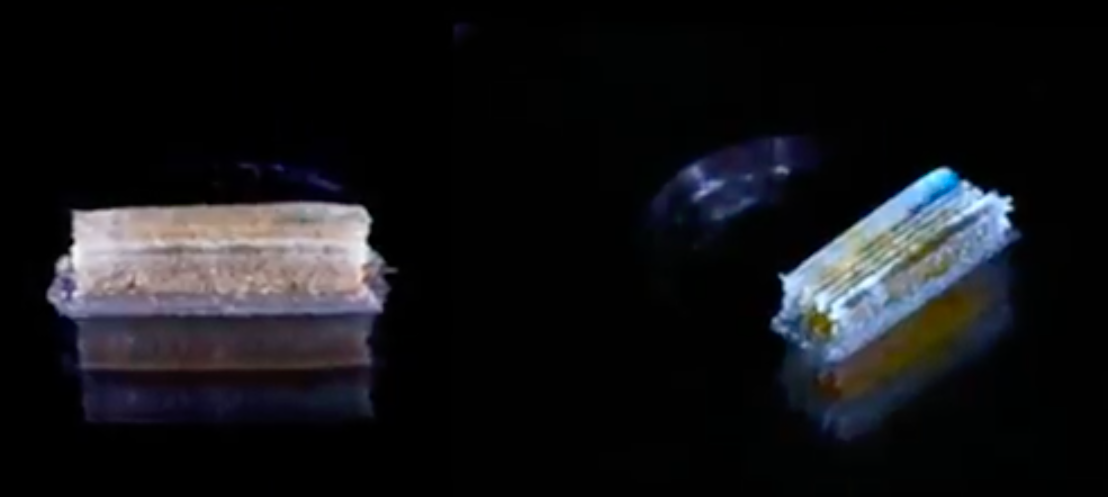In the United States, 285,000 people are currently suffering from spinal cord injuries. Around 17,000 new spinal cord injuries are recorded every year. However, there are no good or precise treatments to help patients regain functions or alleviate pain.
This could change, however, following the outline of research recently published in scientific journal Advanced Functional Materials. A collaboration between engineers and medical researchers from the University of Minnesota has resulted in a 3D printed device which may alleviate pain and help regain functions of muscles, bowels and bladder for patients with long-term spinal cord injuries.
Firstly, the researchers 3D print a “guide” made from silicone which works as a platform to be implanted into the injured area of the spinal cord. Before implanting the guide, specialized cells are 3D printed. The result works as a “bridge” between living nerve cells.
Michael McAlpine, Ph.D., a co-author of the study and University of Minnesota Benjamin Mayhugh Associate Professor of Mechanical Engineering in the University’s College of Science and Engineering, said: “This is the first time anyone has been able to directly 3D print neuronal stem cells derived from adult human cells on a 3D-printed guide and have the cells differentiate into active nerve cells in the lab.”
3D Printing Guides and Neuronal Stem Cells
The researchers have been working on their process for the last two years. It begins by taking a cell, such a skin or blood cell, from an adult. Then, they use “new bioengineering techniques” to reprogram the cells into neuronal stem calls.
These neuronal stem cells are printed onto the silicone “guide” platform. This 3D printed guide keeps the neuronal stem cells alive and allows them to change into neurons.
So far, the researchers have developed a prototype guide which could then be implanted into the damaged area of the spinal cord and help connect living cells on both sides of the injury.
McAlpine adds: “3D printing such delicate cells was very difficult… The hard part is keeping the cells happy and alive. We tested several different recipes in the printing process. The fact that we were able to keep about 75 percent of the cells alive during the 3D-printing process and then have them turn into healthy neurons is pretty amazing.”
But, before this technique can be used to help patients, it must first be tested on animals and later humans. Although this treatment may be a few years away, it could soon improve many people’s lives.
Source: Science Daily

License: The text of "University of Minnesota Researchers Develop 3D Printed Device to Treat Spinal Cord Injuries" by All3DP is licensed under a Creative Commons Attribution 4.0 International License.